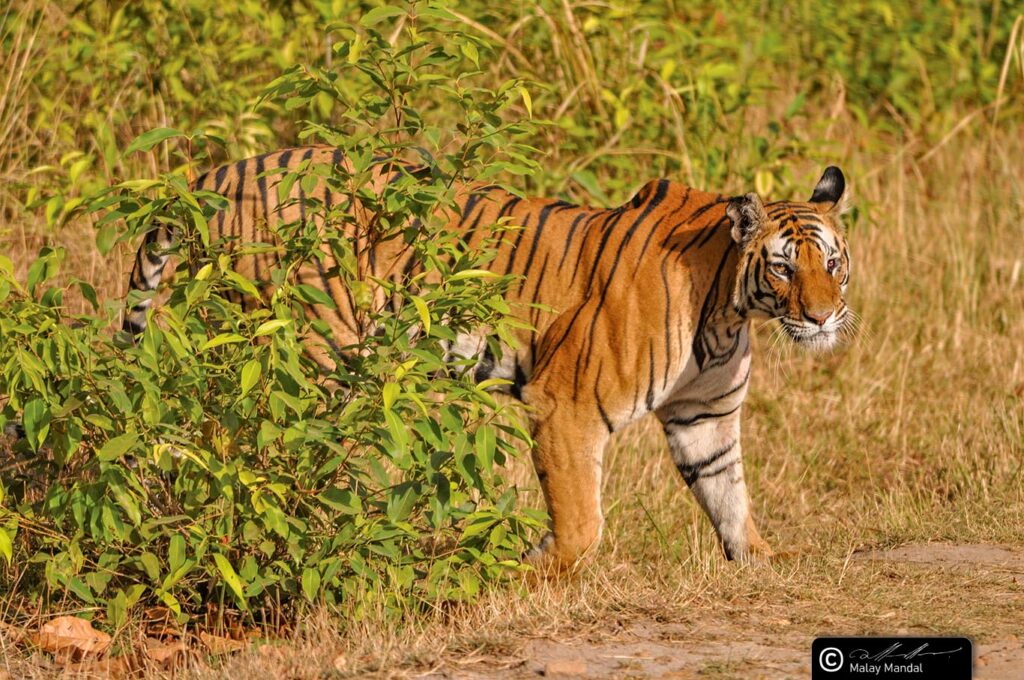
Why Bandhavgarh | Bandhavgarh, is unique, not only for its tigers, but for the exuberance of nature, in its many myriad forms. Other than the high tiger density, Bandhavgarh boats of a healthy ungulate population thriving on its many meadows. With its share of a diversified fauna and aviary presence of around 252 species of birds, Bandhavgarh is a must visit for all nature lovers. Presence of rare insectivorous species such as Drocera peltata is a mere pointer towards its floral diversity. For people interested in history, the towering Bandhavgarh fort offers many unanswered mysteries with its treasure trove of antiquities. Bandhavgarh remains tourist friendly, despite its international fame, with helpful local people and a well-organised forest management.
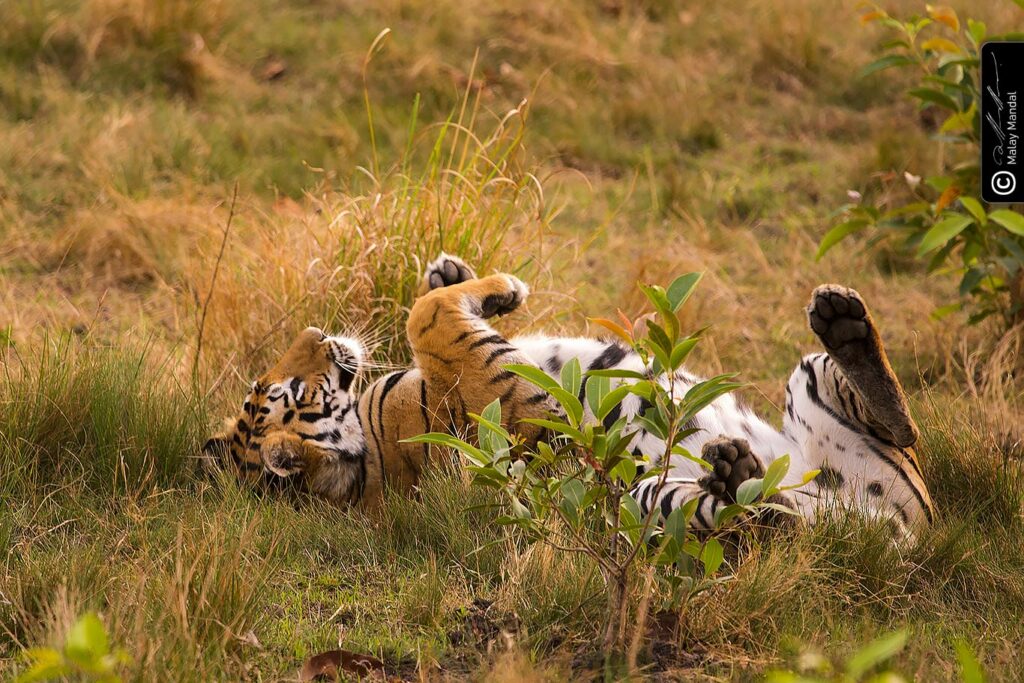
What is so special about a tiger sighting? What can be considered as a good sighting? Does a good sighting always translates into a set of good photographs? Although Valmik Thapar still vouches by his first tiger sighting, mine was a rather ugly one. Since then I have had many tiger sightings but none can beat what destiny had in store on this fateful morning. The extraordinary day started with a usual note, as we moved into Tala Zone. Crowded beyond recognition, we were grounded at Jamuniya Tiraha by a swarm of gypsies jostling for space. The message was loud and clear – “The Show is ON!” Even if the stars were invisible, scant bushy vegetation near the gurgling stream showed movements with intermittent flash of stripes in yellow and black.
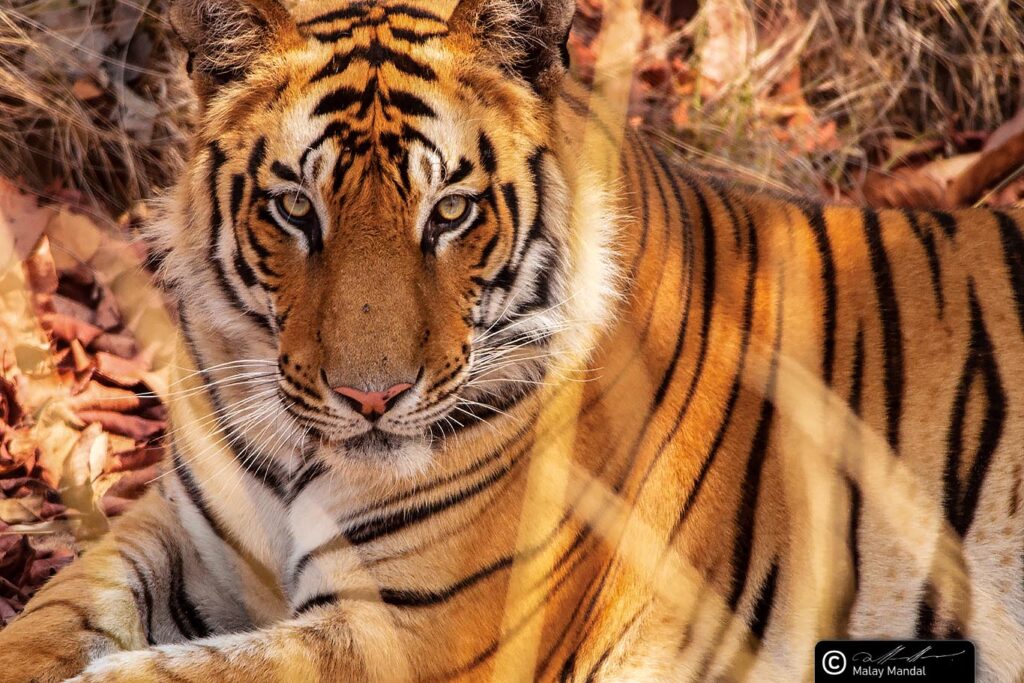
Strictly territorial, male tigers just cannot tolerate presence of other males in their region. Every tiger has to create and maintain his own grounds. Once the kingdom is established, the tiger chooses trees as pillars earmarking boundaries of his empire, before spraying them with urine. The very smell of this urine keeps the intruders away. If not males, a tiger can happily co-exist with 2-3 tigresses in his area. These tigresses have their very own confines, well-defined, and fumed with urine. The dominant male, like a true monarch, renders protection to the tigresses inside his territory. Amorous association between a male and a female, results in litter of cubs after a gestation period of around 100 days. How a tigress grows up her cubs, especially male ones, perceived as future threat by father, is extraordinary, and brings to light the survival instincts of Panthera Tigris.
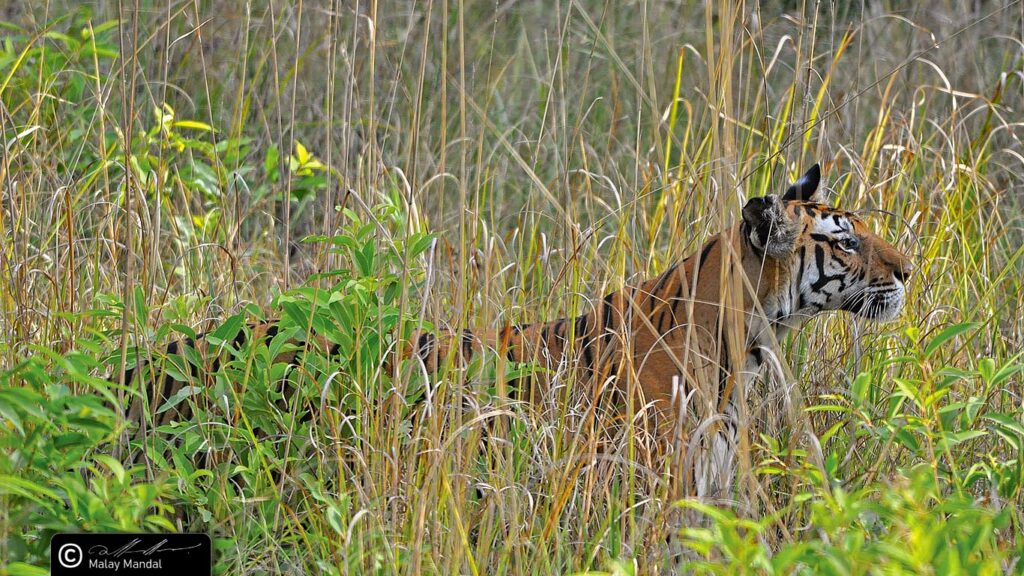
Shrouded in deep mystery, an old fort dominates the skyline of Bandhavgarh National Park. Perched atop the highest point, right in the middle of wooded valleys of Bandhavgarh, this fort is an obscure treasure trove of antiquity. Your trip to the tiger reserve is incomplete without a visit to this crumbling bastion from the past. A perfect specimen of Van Durg, sitting atop the highest flat hillock overlooking a vast territory around, Bandhavgarh fort looked intriguing at the very first sight. Believed to be inhabited by humans from start of the Christian era, the fort has human imprints, from ancient, medieval and late medieval periods. There are natural cave shelters, carved monolithic cave shelters in the likes of Ajanta & Ellora, carved monolithic statues, temple clusters and palatial complexes in addition to civic amenities of water tanks and military outposts such as bastions, lines of fortification and gated entrances. The constructions belonging to different eras present a non-harmonious picture.
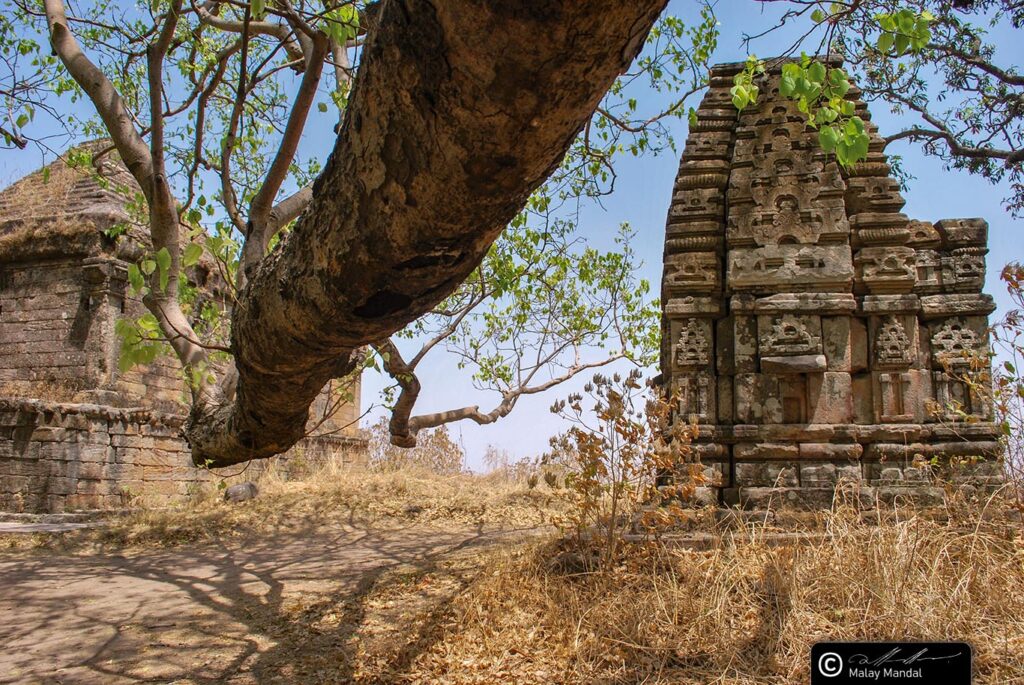
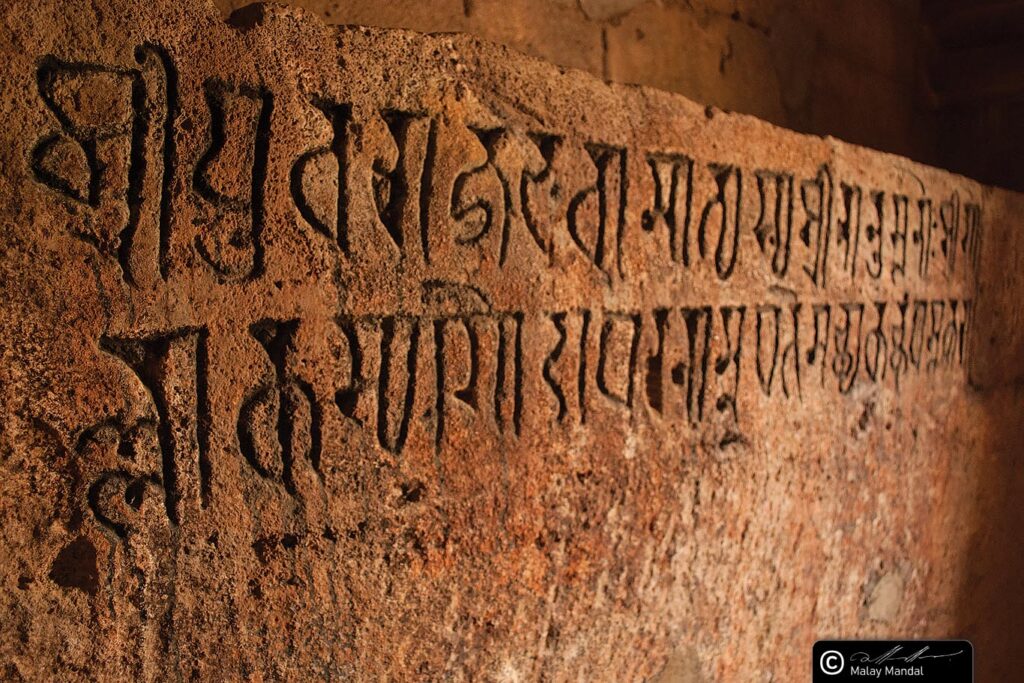
Another archaeological marvel of Bandhavgarh – Sheysh Shaiyya – is a must visit for history buffs. Tiger expert Kailash Sankhala was also perplexed by the archaeological remains at Bandhavgarh fort when he visited the fort in 1968. Sankhala, amazement led to this expression, “The next day, stumbling over the debris of the crumbled gates of Karan, Bhairon, Narsingh, and Hanuman Panwar, and scaling a steep climb, I reached the Bandhavgarh Fort. On the way, I saw a tortoise-shaped rock 14 m in diameter and 2.4 m thick, another was fish-shaped, 3×3.6×1.2 m. All of these are representations of incarnations of the Hindu pantheon of the origin of life, which began in the sea and moved on to land – strikingly similar to the present evolutionary theory. At the top of the hill are 13 tanks, of which the Nand tank is the largest, and also a few old houses used by the garrisons of former times. All were in a state of neglect. There were no animals to be seen except for a few captive blackbuck Antilope Cervicapra and a lonely sambar Cervus Unicolor.”
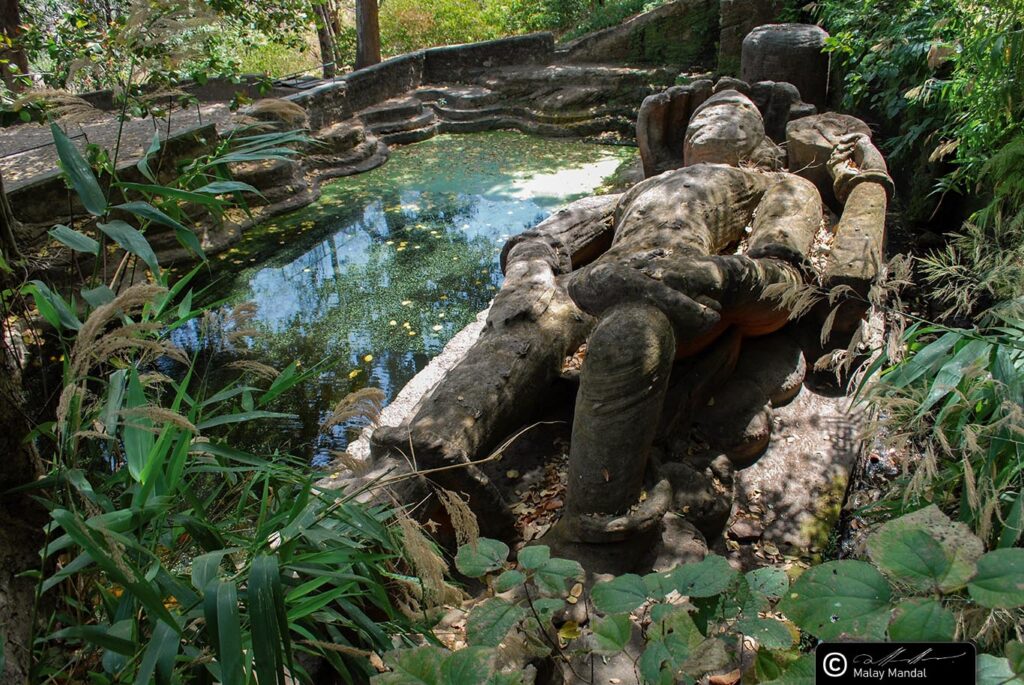
Today, most of the fort has been taken over by jungle; what is left unclaimed is a bunch of temples originally built on raised platforms. If the temples in Nagara Style, inspired by the Pratihara architecture, standout for their elegance the ones with four flats walls and pyramidal roofs fail to match the sophistication that Hindu temples are traditionally known to possess. In absence of proper archaeological studies, we might never know when this place became a humanly abode, but looking at the remains one can surely say that the association is old, very old. The scale and sophistication of its monolithic creations are sufficient indications of the artistic and military mighty of its inhabitants.
